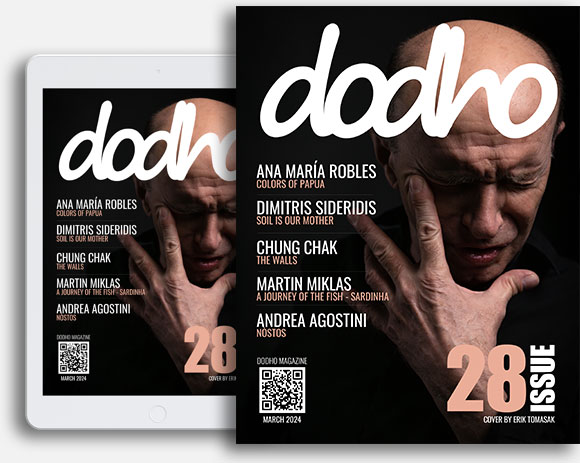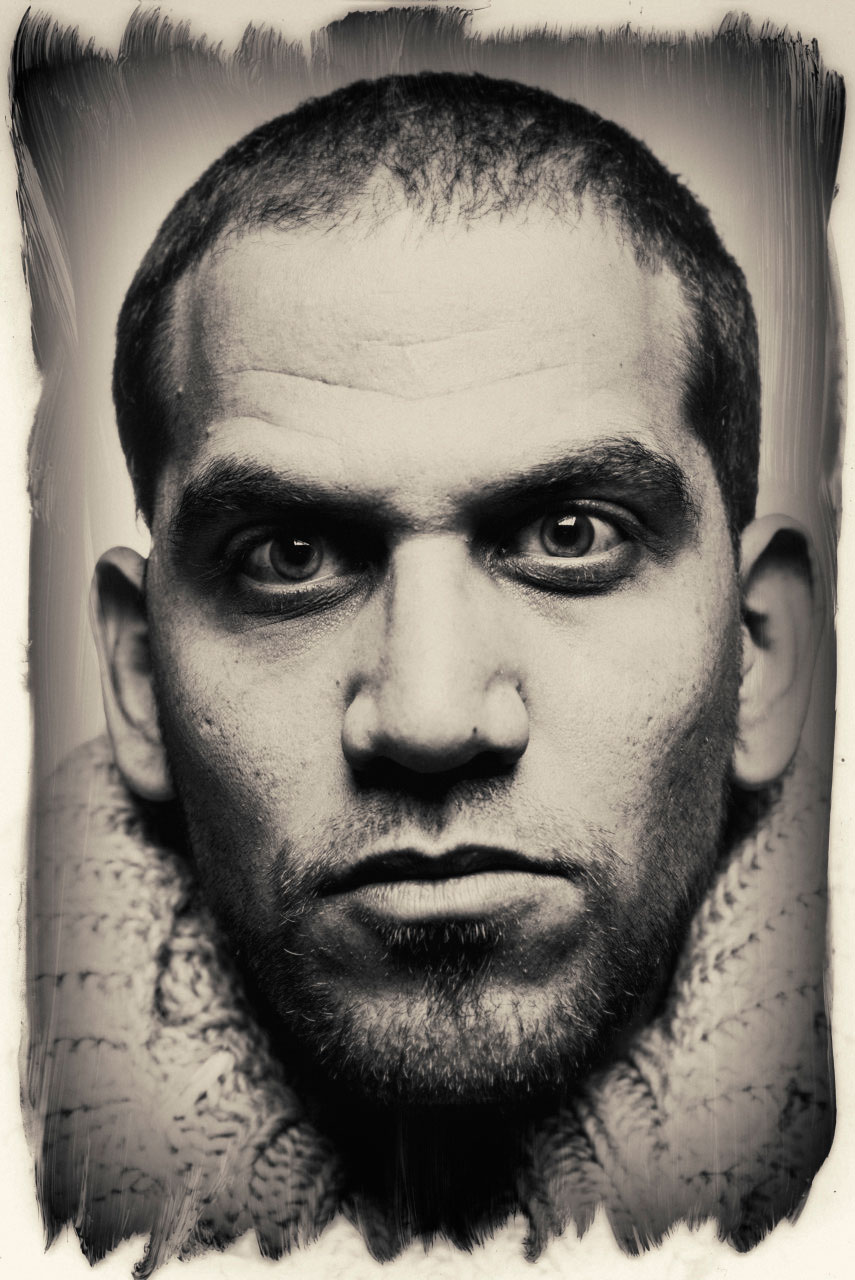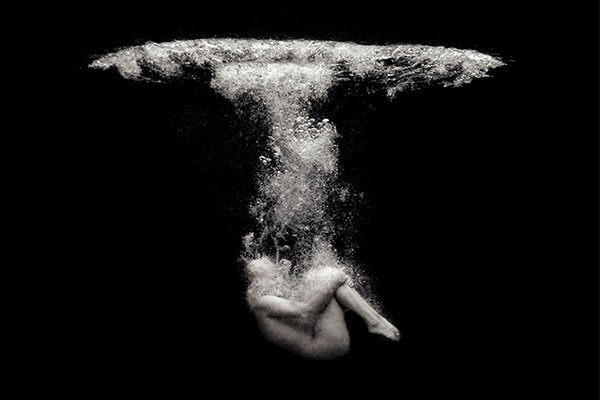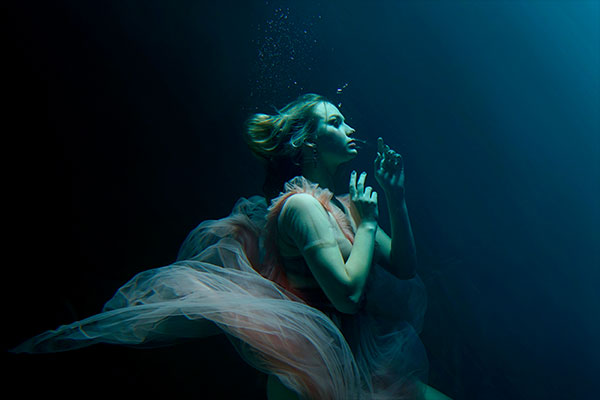Yoav Friedlander is a miniature scale model fine artist and photographer. Born 1985 in Israel, Yoav received his BA in Photographic Communications from Hadassah Academic College Jerusalem in 2011, and graduated with an MFA in Photography Video and Related media from the School of Visual Arts NYC in 2014.
Can you tell us a little about yourself?
I was born in Israel in 1985, and spent most of my life up to the age of 26 in the small town of Maale Adummim which lays at the end of the Judean mountains and at the start of the Judean desert, in between Jerusalem and the Dead Sea. I’d got my first camera during high-school and it was actually a digital point and shoot Nikon camera with 1.3 megapixels.
At the age of 18 I’ve joined the army, as a paratrooper, for a mandatory service of 3 years during which I’ve managed to convince my parents to get me a semi pro camera – Nikon D70. When 4 months after my army service ended I’ve already started my BA studies at Hadassah Academic College in Jerusalem. 3 months after finishing my BA I’ve moved to NY and a year later I’ve started my MFA studies at the School of Visual Arts which I will graduate from at June 2014
How did you get interested in photography?
Photography interested me since I was really young. I’ve always wanted to make photographs like the ones seen in postcards and failed time after time in doing so, when using disposable cameras at school field trips and when using regular point and shoot cameras. I always imagined exactly how it should be photographed and got disappointed from the results I’d got from the photo store. When I finally got a digital camera I had more control using digital post process so during high-school I’ve manipulated a lot of images trying to make them look as professional as possible. I’ve started my BA in photography as an anti-film person and all digital, and made my transformation, which I am realty thankful for, only during my third year of my BA.
Do you artist/photographer inspired your art?
One amazing Artist who inspired me with her work and philosophy is Lynne Cohen. Most of her works surrounds the subject of interiors of workspace in human society an how they reflect about our culture. I would take the risk and say that anyone who view her work immediately gets the feeling that he knows and understand what is exactly captured by her but at the same time feels that is lacking the ability explain that understanding in words, I became friends with Lynne when I was still doing my B.A in Photography and I even dedicated my undergraduate thesis project to her . One thing that she says about her works that really stuck with me and helps directing me with many of my own works Is her saying “ the works are deceptively quiet” and you don’t need to add a thing to this precise description
Could you please tell us anything about your technique and creating process?
In most of my work I use my toyo 45AII 4”x5” camera along with transparency film. This combination pretty much mirrors my ambivalent approach and work process when producing my work. I need maximum control of the quality the accuracy of focus and composition and yet I am very impatience in my nature so I need a quick set camera like a field camera (even for my miniatures which are taken in a studio conditions) and I even initially started using 4”x5” with reversal film by default, at first just because I couldn’t wait for the film to be scanned. Today I still prefer transparency upon negative film because of the qualities of such film but also because I enjoy experiencing the true colors of a slide rather than a digitized version on a screen.
Although I’ve mentioned I am impatient some of my miniatures take days to build, yet once I have an idea for a frame I will not rest until I’ll get it photographed. I have an internal fear that an idea that hasn’t been executed on time loses its power and magic, so I rush into making it.
I work with miniatures and landscapes and I mix them together, I consider this working method as downscaling the landscape and upscaling miniatures.
Describe your ideal photographic situation
Something that I couldn’t have looked for, search for or think about before seeing it, a situation that I couldn’t have imagined unless encountered with my camera. The ideal photographic situation is the unknown that makes fall for the magic of photography all over again
How much preparation do you put into taking a photograph?
As much as it needs to fit its perfect form. I can drive a thousand miles to photograph a house and build a scale model for a week and they will become as perfect as a model that took half an hour to build or a place that I’ve photographed around the corner from where I live. There are no rules beside zero compromise, what ever it takes equals the preparation that I have to put into taking a photograph.
What’s your useable-to-unusable ratio when you review images from a shoot?
Because I use transparency film some of my images are just extra exposures but if I’ll take a an average I would say I take an average of 2 exposures of a frame I am interested in and 1 out of 5 images that I have taken ends up being included. Since 2012 when I’ve moved to NYC I’ve photographed about 400 plates of 4×5 film from which 40 ended up in the final edit for a book I am working on
What quick advice do you have for someone who wants to improve his or her photography skills?
Photograph with your eyes and imagine the final output. Photography is an extension of us our sight, sensitivity and perception. It has its magic but it depends on us making the right choice. Sometimes an image looks great through a viewfinder , or focus screen , but turn to be useless and in other times the image looks boring through the camera and ends up being amazing. We can’t and we should not trust the camera to produce the perfect image it is our senses and our control and knowing of this extension that will make it work for us. See with your eyes the image you intend to take and imagine its output
From time to time many photographers find themselves in a creative rut or uninspired to shoot. Does this ever happen to you and if so how do you overcome these phases?
It is only natural to encounter this situations but I rather do something about it than wait for it to go, and the inspiration to come back. When ever it happened to me in the past I soon decided on using an idea from the past that I’ve never used or go with an idea that I know is bad, or even go outside looking for something to shoot even if not in the mood for it. The bottom line is that going against it builds a momentum that takes you to surprising places. We learn more from doing wrong than from doing nothing. And failure is the biggest catharsis for sucess
What future plans do you have? What projects would you like to accomplish?
I am now planning to move on to 8×10 format, I already have the camera and I can’t wait to go back to Israel to the landscapes that I grew in and use this traditional format to ask more questions about the influence this medium has on our perception and how it augments our experience of reality. The larger the format the closer your are to paralleling the landscape and the farther you get from reality. [Official Website][dodho magazine]






